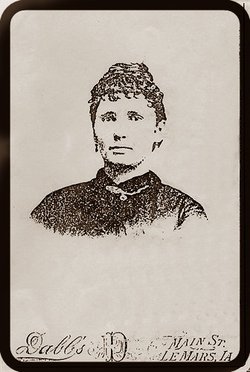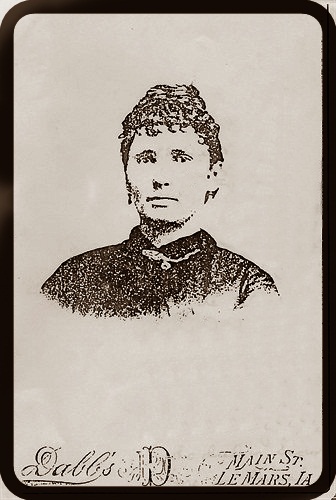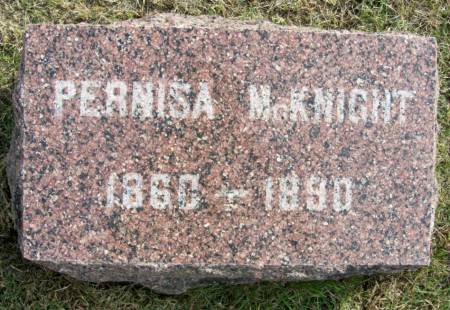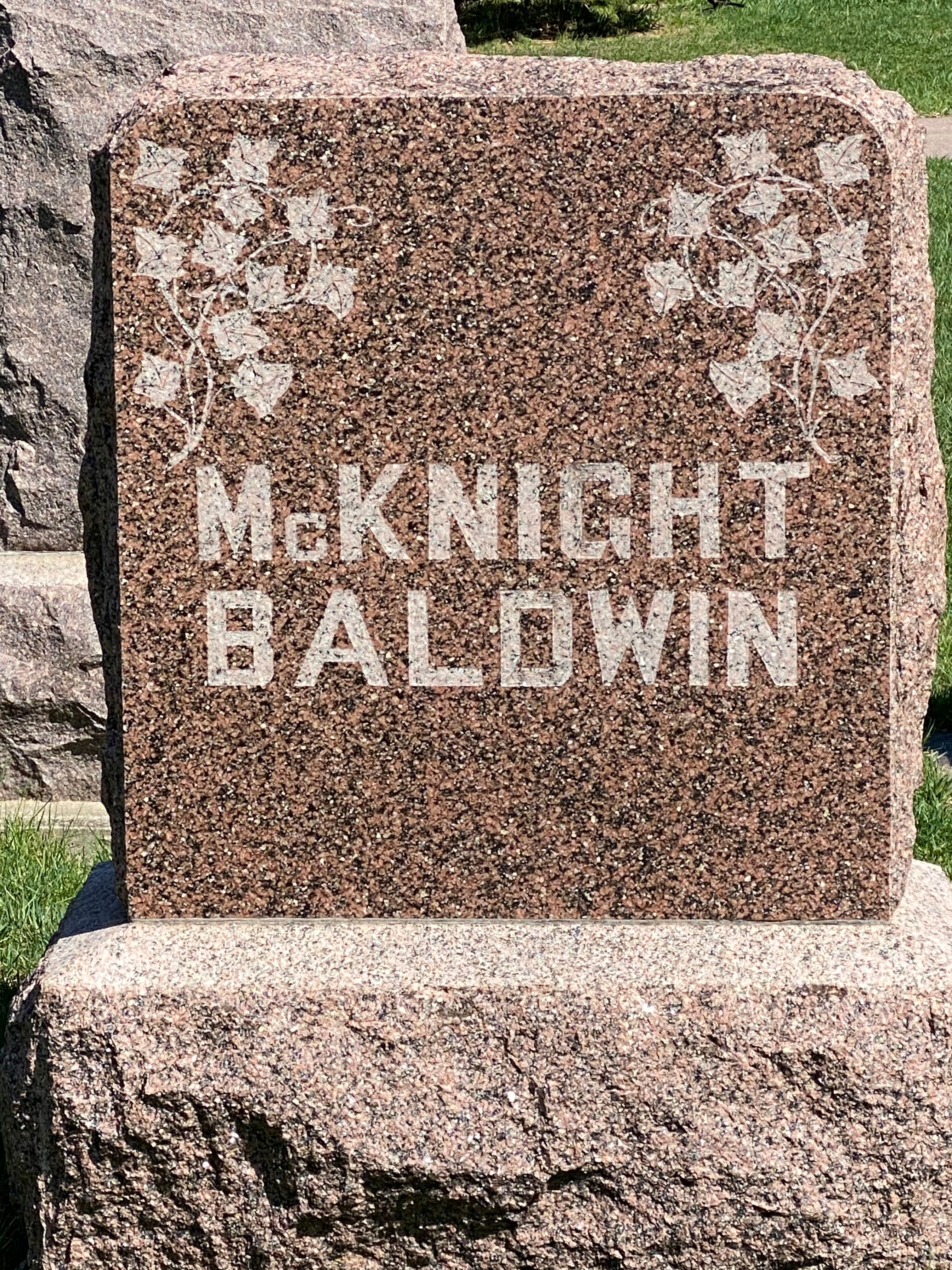____________________________________________________________________________________
SOURCE : Journal of the Royal Society of Medicine Volume 81 February 1988
Deaths from puerperal mania
From 1850 to 1935, not only in Britain but in many
other countries, maternal mortality was notable for
its extraordinary refusal to fall when other mortality
rates were declining", Moreover, the components of maternal mortality were remarkably constant.
Puerperal fever, haemorrhage (ante- and postnatal)
and toxaemia accounted for about 90% of deaths, the
remainder consisting of a list of uncommon causes
(Table 1).
In the numerous accounts of maternal mortality
published in the 19th century, nearly all the
diagnostic categories are familiar and expected
complications of childbirth except one - puerperal
mania, which appears regularly in the 19th century
as the cause of between 1% and at most 3% of
maternal deaths. Did so many women really die of
mania? Why mania rather than insanity, melancholia
or depression? Was the nature and extent of mental
disorders in childbirth 100 years ago quite different
from today?
One thing at least seems certain. In the second half
of the 19th century childbirth was believed, by
alienists as well as obstetricians, to be a common
cause of a form of insanity which was usually manic,
often severe and occasionally fatal. It is seldom
mentioned in 18th century obstetric texts\and first
appears in the 1820s and 1830s5• Only in later
obstetric texts do we find that puerperal insanity
is granted the status of a common and important
complication of obstetric care with which the student
was expected to be familiar6•
s. In this century,
however, as obstetrics became increasingly surgical,
puerperal insanity drifted away from obstetrics into
the growing specialty of psychiatry. The main sources
for this paper are, therefore, the records and reports
of mental institutions, lying-in institutions and
private obstetric and medical practice from the 19th
century, the heyday of puerperal insanity
Total deaths 23051 100%
Puerperal fever 12865 56%
Accidents of childbirth:
Flooding (poat-partum 3524 15%
haemorrhage)
Puerperal convulsions 2692 12%
Placenta praevia 1308 6%
Puerperal mania 673 3%
Abortion 568 2%
Miscarriage 356 1.5%
Phlegmasia dolens 456 2%
Retention of placenta 354 1.5%
Ruptured uterus 181 1%
Deformed pelvis 112 Extrauterine foetation 54
Breast abscess 51
Caesarean operation 16
Ruptured perineum 1
____________________________________________________________________________________
She is buried with family ( McKnights / Baldwins), Her life was short but many live because She had those short 30 years
____________________________________________________________________________________
SOURCE : Journal of the Royal Society of Medicine Volume 81 February 1988
Deaths from puerperal mania
From 1850 to 1935, not only in Britain but in many
other countries, maternal mortality was notable for
its extraordinary refusal to fall when other mortality
rates were declining", Moreover, the components of maternal mortality were remarkably constant.
Puerperal fever, haemorrhage (ante- and postnatal)
and toxaemia accounted for about 90% of deaths, the
remainder consisting of a list of uncommon causes
(Table 1).
In the numerous accounts of maternal mortality
published in the 19th century, nearly all the
diagnostic categories are familiar and expected
complications of childbirth except one - puerperal
mania, which appears regularly in the 19th century
as the cause of between 1% and at most 3% of
maternal deaths. Did so many women really die of
mania? Why mania rather than insanity, melancholia
or depression? Was the nature and extent of mental
disorders in childbirth 100 years ago quite different
from today?
One thing at least seems certain. In the second half
of the 19th century childbirth was believed, by
alienists as well as obstetricians, to be a common
cause of a form of insanity which was usually manic,
often severe and occasionally fatal. It is seldom
mentioned in 18th century obstetric texts\and first
appears in the 1820s and 1830s5• Only in later
obstetric texts do we find that puerperal insanity
is granted the status of a common and important
complication of obstetric care with which the student
was expected to be familiar6•
s. In this century,
however, as obstetrics became increasingly surgical,
puerperal insanity drifted away from obstetrics into
the growing specialty of psychiatry. The main sources
for this paper are, therefore, the records and reports
of mental institutions, lying-in institutions and
private obstetric and medical practice from the 19th
century, the heyday of puerperal insanity
Total deaths 23051 100%
Puerperal fever 12865 56%
Accidents of childbirth:
Flooding (poat-partum 3524 15%
haemorrhage)
Puerperal convulsions 2692 12%
Placenta praevia 1308 6%
Puerperal mania 673 3%
Abortion 568 2%
Miscarriage 356 1.5%
Phlegmasia dolens 456 2%
Retention of placenta 354 1.5%
Ruptured uterus 181 1%
Deformed pelvis 112 Extrauterine foetation 54
Breast abscess 51
Caesarean operation 16
Ruptured perineum 1
____________________________________________________________________________________
She is buried with family ( McKnights / Baldwins), Her life was short but many live because She had those short 30 years
Family Members
Advertisement
Explore more
Sponsored by Ancestry
Advertisement















